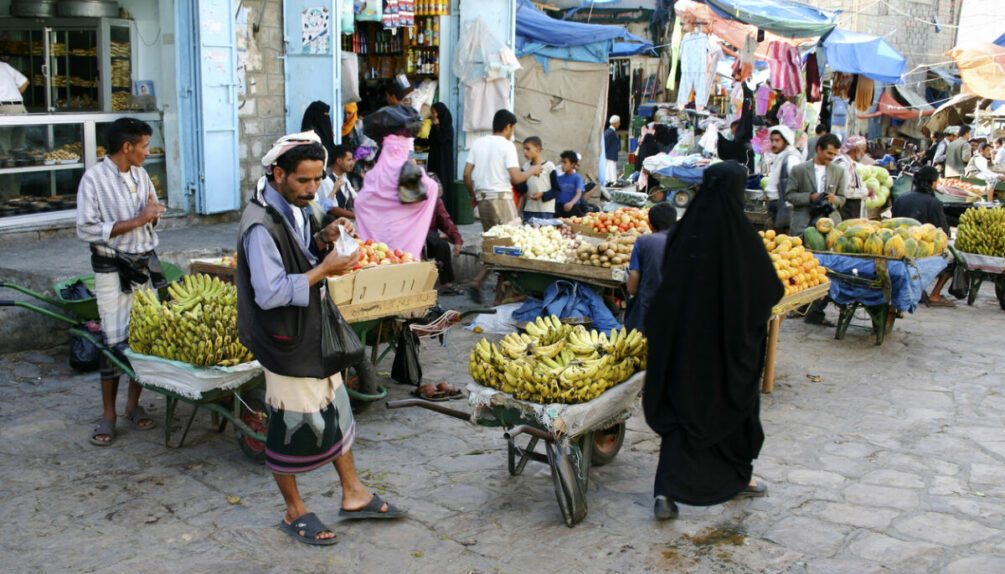Scientists develop food insecurity forecasting tool for high risk countries

A group of Italian researchers from the ISI Foundation, University of Trento, World Food Programme and the Central European University, have built a new food insecurity forecasting tool that can predict how many individuals in a country are struggling to access food up to 30 days into the future.
According to the study’s authors, the innovation could help decision makers in countries at risk of of food insecurity organise more timely responses to the problem.
To develop the tool, scientists analysed a collection of food consumption data between 2018-2022 from Nigeria, Mali, Burkina Faso, Cameroon, Syria and Yemen – countries that have recently ranked low on the 2022 Global Food Security Index.
The researchers also added in data on conflict-related fatalities, food prices, extreme weather events, as well as the impact of Ramadan – as food consumption patterns often change during this period in these countries.
With all this information to hand, the tool was then used to analyse food security levels in these countries between October 2021 and February 2022. The researchers found their technology could predict the prevalence of food insecurity in Yemen and Syria one day ahead with almost 100% accuracy. They could also forecast food security levels 30 days into the future with 47% accuracy for Syria and 72% accuracy for Yemen.
While the initial tests are promising, the scientists said the tool’s predictions for the other countries were not as accurate, due to the lack of food consumption data available for those areas. For the technology to work properly, food consumption data must be collected regularly over long period of time from a large range of geographical areas, the study’s authors explained.
With further improvements, the researchers claim the tool could accompany existing methods of food insecurity modelling, providing forecasts quickly using real-time data. They added that building in mobile phone data or automated text mining of news could also help to boost the tool.








